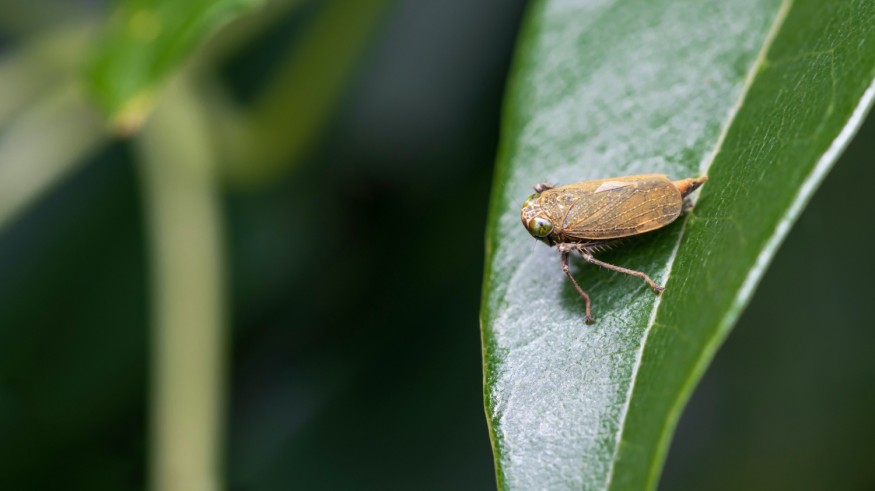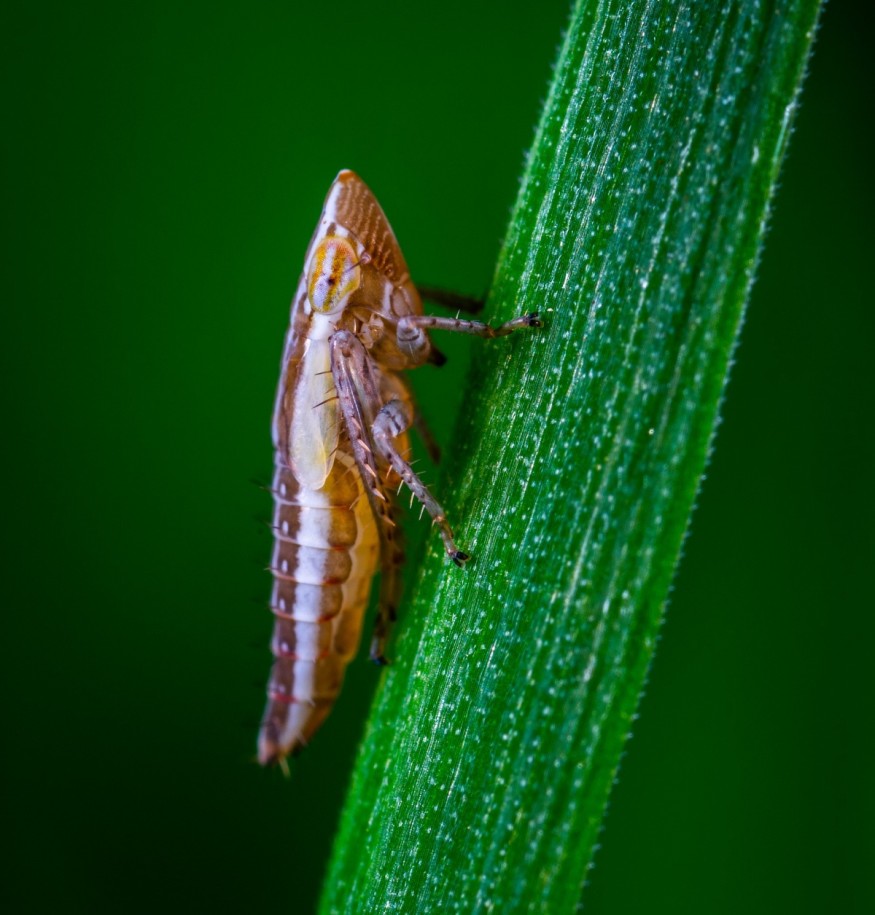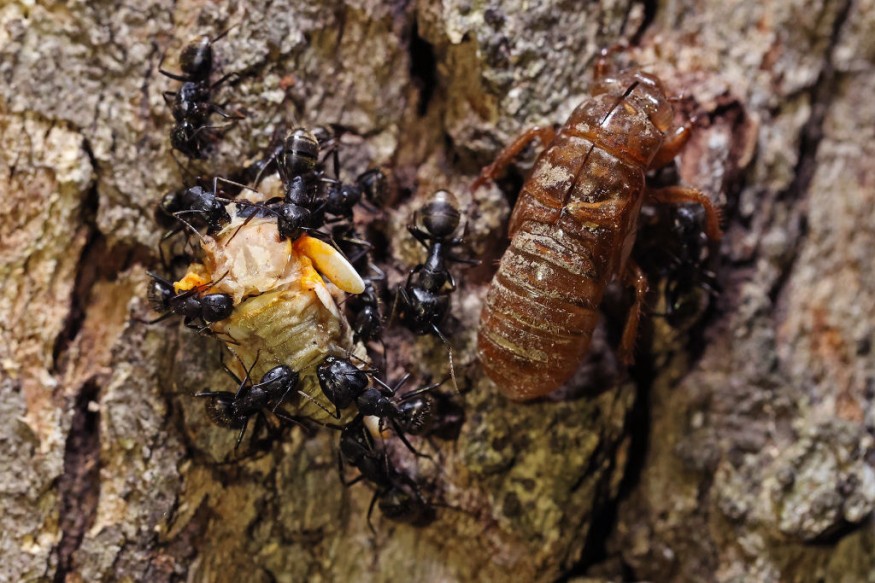In the Ugandan jungle, researchers discovered a new species of bug that belongs to a group of insects so uncommon that its nearest known cousin was last spotted more than 50 years ago.

A British scientist working in a national park in western Uganda found the species of leafhopper known as Phlogis kibalensis.
The species' body has a metallic shine and is pitted. Its male reproductive organs, which are partially formed like a leaf, mirror other leafhoppers.
Before this finding, the last time a Phlogis leafhopper was seen was in the Central African Republic in 1969.
Cicadas and Leafhoppers

According to ScienceDirect cicadas and leafhoppers are related, although leafhoppers are smaller. Invertebrates such as spiders, beetles, parasitic wasps, and birds prey on them since they subsist mostly on plant sap.
"This is the first time I've uncovered a previously unknown species." Dr. Alvin Helden of Anglia Ruskin University, who discovered the species and published the findings in the journal Zootaxa, stated, "It's one of those things you hope to achieve as an entomologist, and I've succeeded to do it now."
Related Article : Badger Accidentally Unearthed Ancient Roman Coins While Looking for Food
Leafhopper Genus
"The leafhopper Phlogis kibalensis belongs to the Phlogis genus. Cicadas are recognizable to most people, and leafhoppers are linked to cicadas. I frequently refer to them as "much, much smaller." They all share the same basic construction, with the head end being somewhat taller than the rear end and highly colorful.
Leafhoppers, according to the Journal Zootaxa, of this genus and the more prominent tribe have a unique appearance and are rarely seen.
They're so uncommon that their biology is nearly unknown. We don't know much about Phlogis kibalensis, the new species discovered, such as what plants it eats or how it fits into the local environment.
Related Article : Mesopotamia's Ancient War Donkeys Believed to be First Animal Hybrids Bred by Humans
Exploring the Insect Kingdom

Helden has been organizing student field trips to the Kibale national park, which is located near Uganda's border with the Democratic Republic of Congo, since 2015.
Helden has been documenting the insects present in the park and creating field guides with images of Kibale's butterflies, hawkmoths, and tortoise beetles as part of this.
"I wanted to make my butterfly identification guide for my kids so they could see them on their phones or tablets. I figured it would be good for other international groups as well as Ugandan students," Helden added."
Also Read:
This is How Non-human Species Drive Others to Extinction
For more animal news, don't forget to follow Nature World News!
© 2025 NatureWorldNews.com All rights reserved. Do not reproduce without permission.





